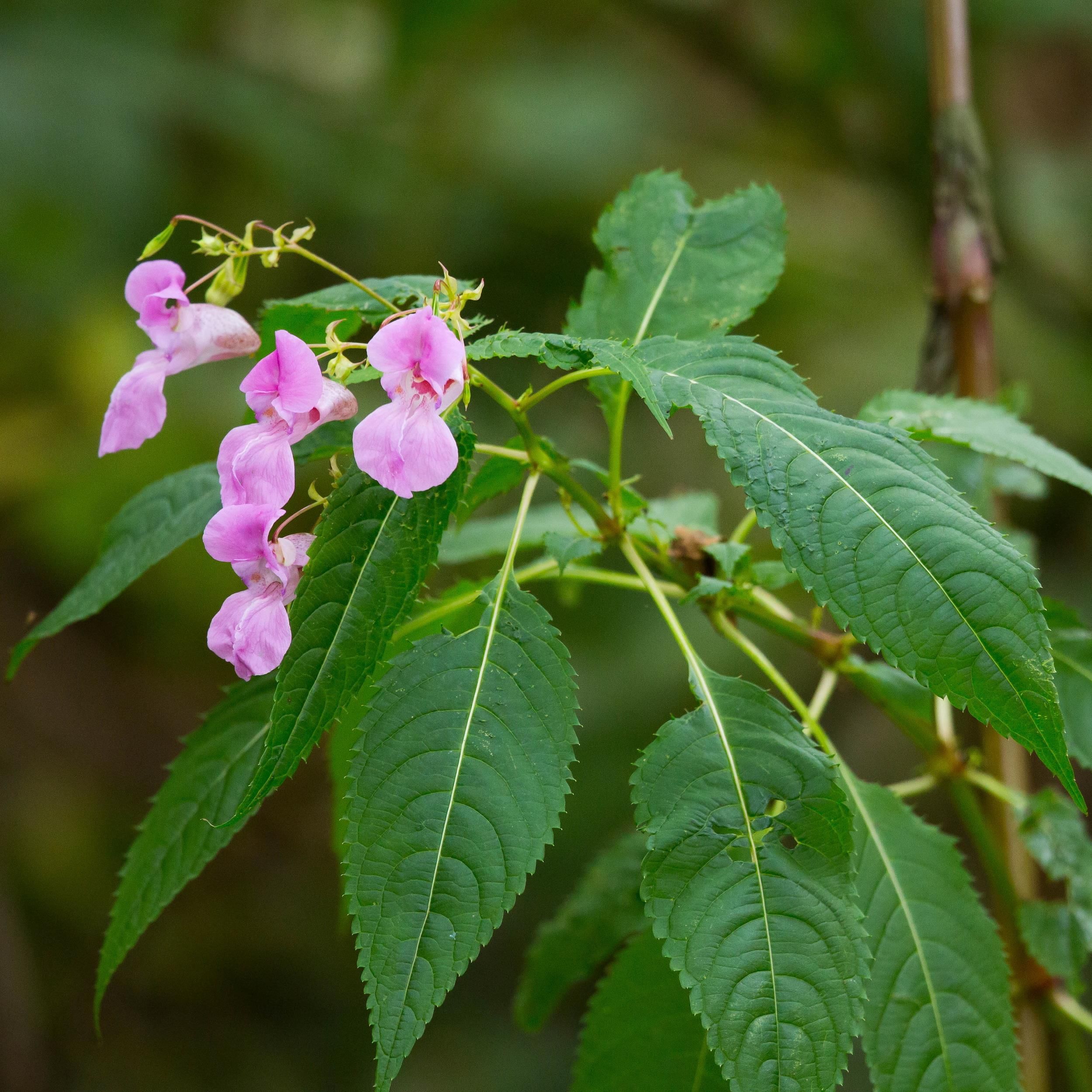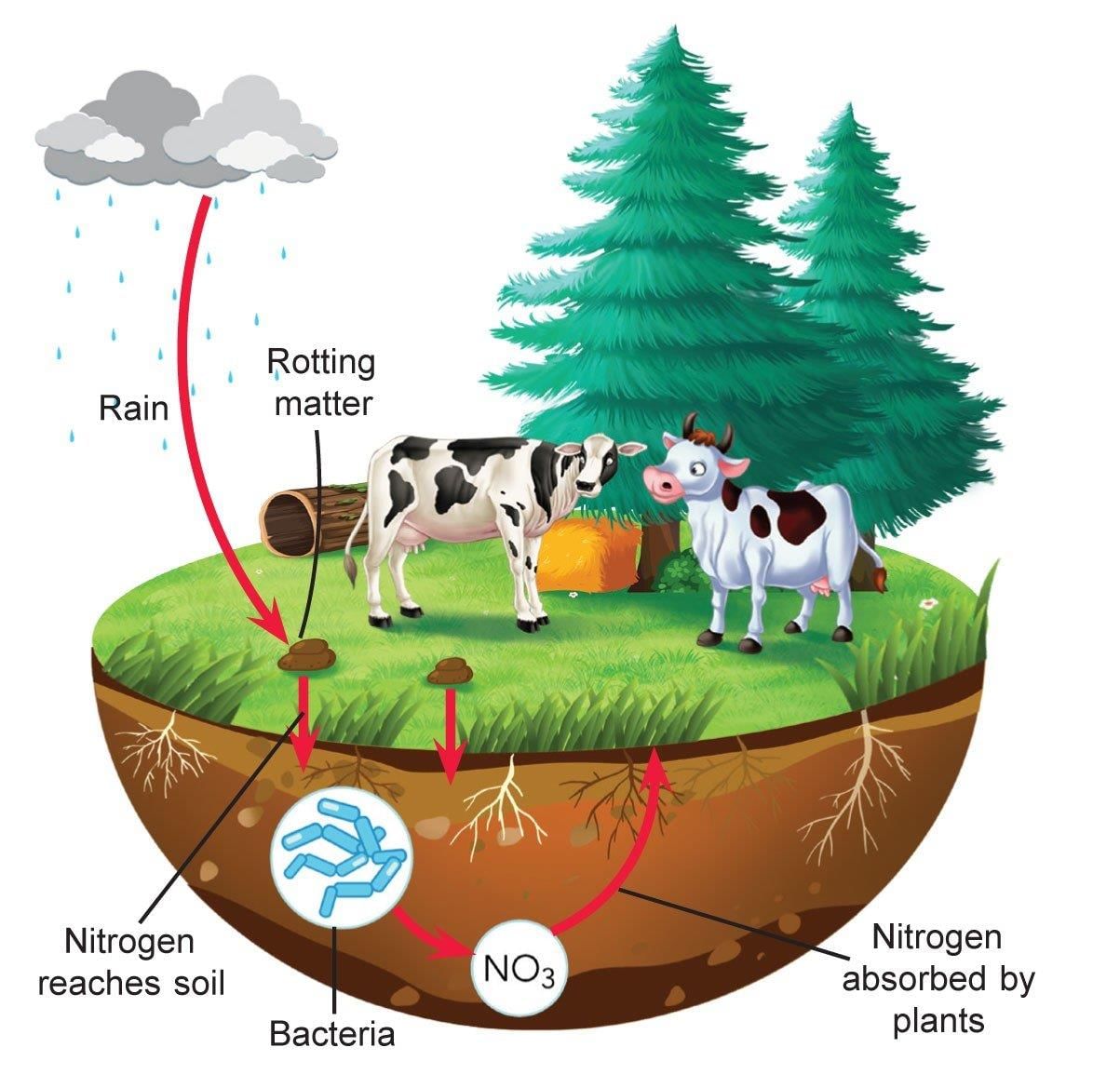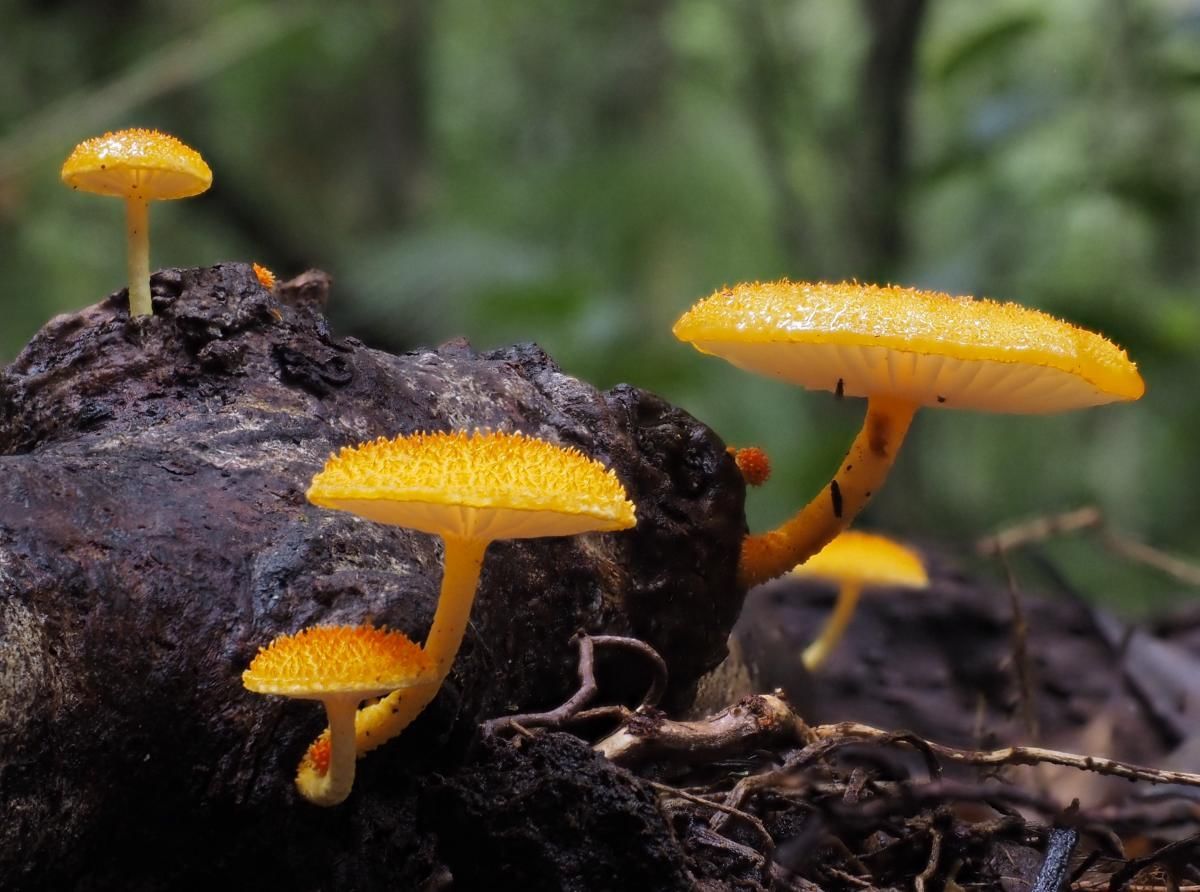Class 7 Science Chapter 1 HOTS Questions - Nutrition in Plants
Q1: Except plants, why can’t other living organisms prepare their food using CO2, water and minerals?
Ans: Our body does not contain chlorophyll for absorbing solar energy which is necessary for preparing food using air, water, etc.
Q2: A unique feature in leaves allows them to prepare the food while other parts of plants cannot. Write the possible reason for this.
Ans: Leaves contain chlorophyll which is essential for food preparation and is absent in other parts of plant.
Q3: Mosquitoes, bed bugs, lice and leeches suck our blood. Can they be called as parasites?
Ans: Yes, these animals/insects are parasites as they harm the hosts while they suck blood.
Q4: A goat eats away all the leaves of a small plant (balsam). However, in a few days, new leaves could be seen sprouting in the plant again. How did the plant survive without leaves?
Ans: The plant of balsam survived on the food stored in the stem and roots.
Q5: Plants are considered an essential part of earth as they keep a check on lot of process occurring all over. What would happen if all the green plants are wiped from earth?
Ans: Green plants are the source of energy for all the living organisms so that they can perform their normal functions. If all green plants and trees disappear, all the organism depending on them for food and shelter will also die. The lack of gaseous exchange will lead to increase in amount of CO2, causing death in humans and other animals also. The cycle of life will gradually disappear.
Q6: Wheat dough if left in the open, after a few days, starts to emit a foul smell and becomes unfit for use. Give reason.
Ans: Carbohydrates in wheat dough encourage the growth of yeast and other saprophytic fungi which breakdown carbohydrates into simpler compounds like CO2 and alcohol and emit a foul smell.
Q7: Nitrogen is an essential nutrient for plants growth. But farmers who cultivate pulses as crops like green gram, bengal gram, black gram, etc., do not apply nitrogenous fertilisers during t cultivation. Why?
Ans: Roots of pulses (leguminous plants) have a symbiotic association with a bacterium called Rhizobium. This bacteria convert gaseous nitrogen of air into water soluble nitrogen compounds and give them to the leguminous plants for their growth. Hence, farmers need not use nitrogenous fertilisers.
Q8: Pooja is worried about her new shoes which she wore on special occassions that they were spoiled by fungus during rainy season. Is she right to worry, if yes, then tell why does fungi suddenly appears during the rainy season?
Ans: Yes, the fungi reproduces by spores which are generally present in the air and grow on any article that are left in hot and humid weather for a long time. During rainy season they land on wet and warm things and begin to germinate and grow.
Q9: Some plants have deep red, violet or brown coloured leaves. Can these leaves perform the photosynthesis process?
Ans: Yes, plants having deep red, violet or brown coloured leaves can also carry out photosynthesis because they contain chlorophyll. But their green colour of chlorophyll is masked by the large amount of all other coloured pigments.
Q10: Wild animals like tiger, wolf, lion and leopard do not eat plants. Does this mean that they can survive without plants? Can you provide a suitable explanation?
Ans: Animals like tiger, wolf, lion and leopard are carnivores and do not eat plants. They hunt and eat herbivorous animals like deer, gaur, bison, zebra, giraffe, etc., which are dependent on plants for food.
Q11: Potato and ginger are both underground parts that store food. Where is the food prepared in these plants?
Ans: In both the plants, shoot system and leaves are above ground. They prepare food through photosynthesis and transport it to the underground part for storage. Q12: Sunlight, chlorophyll, carbon dioxide, water and minerals are raw materials essential for photosynthesis. Do you know where they are available? Fill in the blanks with the appropriate raw materials.
Q12: Sunlight, chlorophyll, carbon dioxide, water and minerals are raw materials essential for photosynthesis. Do you know where they are available? Fill in the blanks with the appropriate raw materials.
(a) Available in the plant: ______
(b) Available in the soil: ______
(c) Available in the air: ______
(d) Available during day : ______
Ans:
(a) Available in the plant: chlorophyll
(b) Available in the soil : water, minerals
(c) Available in the air : carbon dioxide
(d) Available during day : sunlight
Q13: Organisms which prepare food for themselves using simple naturally available raw materials are referred to as
(a) heterotrophs
(b) autotrophs
(c) parasites
(d) saprophytes
Ans: (b) autotrophs
Q14: Which of the following statements is/are correct?
(i) All green plants can prepare their own food.
(ii) Most animals are autotrophs.
(iii) Carbon dioxide is not required for photosynthesis.
(iv) Oxygen is liberated during photosynthesis.
Choose the correct answer from the options below:
(a) (i) and (iv)
(b) only (ii)
(c) (ii) and (iii)
(d) (i) and (ii)
Ans: (a) (i) and (iv) are correct statements and (ii) and (iii) are incorrect. Because (ii) animals are heterotrophs and (iii) CO2 is necessary for photosynthesis. Green plants prepare their own food from CO2 and H2O.
Q15: Which of the following raw material is available in the air for photosynthesis?
(a) Oxygen
(b) Carbon dioxide
(c) Nitrogen
(d) Hydrogen
Ans: (b) Carbon dioxide
Q16: Why most of the things are spoiled by fungi during rainy season only?
Ans: Spores of fungi germinate and grow when they get wet and warm conditions. Rainy season provides them the hostile condition, so they grow and spoil most of the things in rainy season only.
Q17: Do leaves other than green color also have chlorophyll?
Ans: Yes, leaves other than green color also have chlorophyll. A large amount of red, brown and other pigments mask the green color. Photosynthesis takes place in these leaves also.
Q18: If pitcher plant is green and carries out photosynthesis, then why does it feed on insects?
Ans: Generally, pitcher plants grow in locations where the soil is too poor in minerals, particularly in nitrogen and phosphorous. So to fulfill its mineral requirements it feed on insects.
Q19: Why farmers do not add fertilizers during cultivation of leguminous crop?
Ans: Farmers do not add fertilisers during cultivation of leguminous crop because roots of leguminous plants have symbiotic association with a bacterium called Rhizobium which fixes atmospheric nitrogen into the soil.
Q21: Why Cuscuta have parasitic mode of nutrition?
Ans: Cuscuta does not have chlorophyll, so it cannot synthesize its own food. Thus it obtains nutrition from its host through modified roots called haustoria. Haustoria penetrate into the host cell and derive their nutrition from there.[Hots
|
112 videos|286 docs|28 tests
|
FAQs on Class 7 Science Chapter 1 HOTS Questions - Nutrition in Plants
| 1. What is the process of nutrition in plants? |  |
| 2. How do plants obtain nutrients from the soil? |  |
| 3. What is photosynthesis and why is it important for plants? |  |
| 4. Which nutrients are essential for plant growth? |  |
| 5. How do plants transport water and nutrients to different parts of the plant? |  |






















